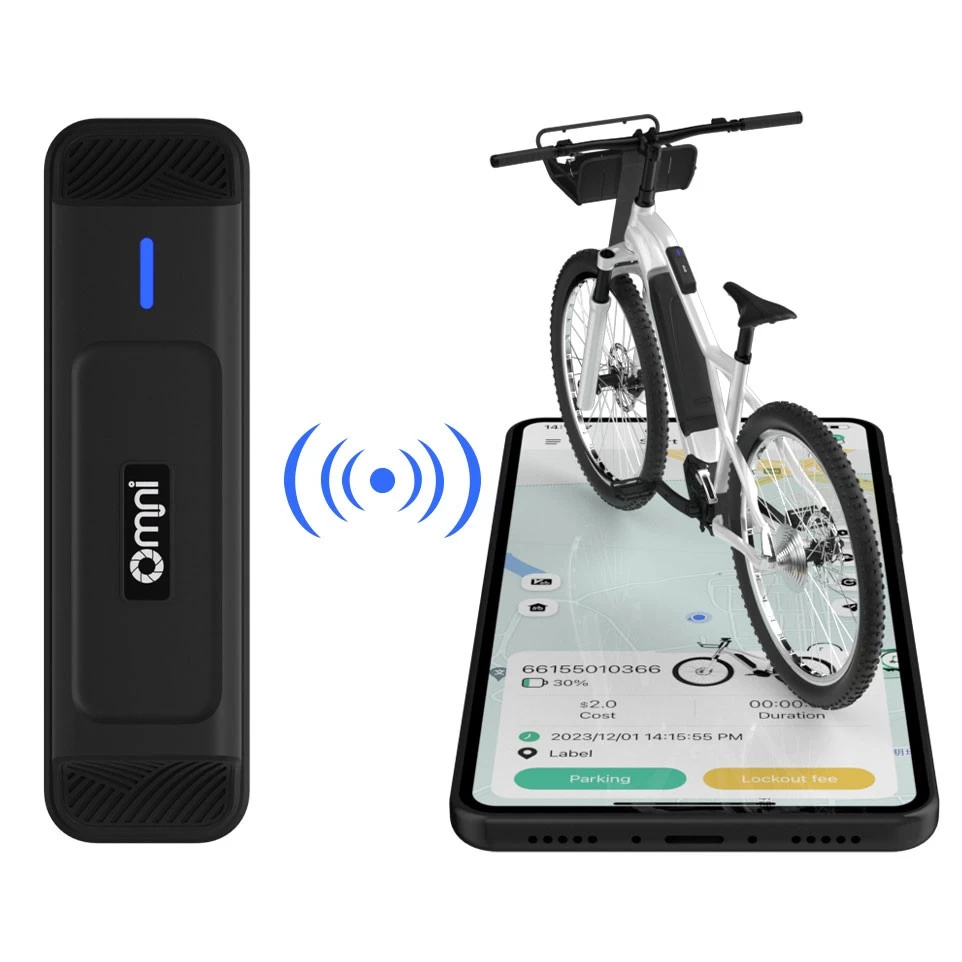More micromobilty charging hubs are coming - and why that matters
2020-03-17 09:44:05

In many ways, electric scooters and e-bikes have come full circle. While NACTO data shows that dockless e-scooters trumped shared docked bicycles nearly a year ago in the U.S., cities and micromobility companies alike have since been cracking down on the dockless system by implementing designated parking zones and incentives for bringing vehicles to docked charging stations.
Washington, D.C., for example, just recently announced its plans to install 100 off-sidewalk dockless scooter and bike parking corrals over the next few months. These corrals will be located on streets, predominately in residential areas where sidewalks are more narrow and/or commonly cluttered with improperly parked dockless vehicles. And Washington isn’t alone. In Toronto, government officials are calling for designated parking areas for the city’s soon-to-be-announced electric scooter program.
Municipalities across the globe are figuring out ways to minimize the impact of dockless scooter and bike rentals—as are micromobility companies behind the vehicles themselves. Case in point: just this week, Lyft revealed the company’s plans to implement a $2 locking fee for e-bike riders who refuse to park their vehicles in designated docking stations.
Be prepared to see many more monetary incentives for riders to return their scooters or bikes to charging hubs. Peter Deppe, founder and CEO of Michigan-based KUHMUTE, thinks the future of the micromobility industry rests in a dual-mode approach (which his company refers to as “flexible docking hubs”) where riders have the option to return their dockless vehicles to nearby charging stations, at which point they are given some sort of reward, or they can still leave their vehicles in a dockless manner.
“Micromobility operators have to ask themselves if they want to choose swappable batteries or charging stations for their fleets. But I think a combination of the two provides the best overall sustainable model…both environmentally and financially speaking,” Deppe says. “Having accessible charging hubs means there are fewer resources needed to run around and find vehicles and recharge them. So operators should encourage riders to come back automatically at the end of their ride to a charging station. But you can’t put a docking station everywhere, and riders don’t want to be confined. It ruins the user experience. So a flexible model means you can bring it back to a hub to receive an incentive, or you can keep things dockless (responsibly, of course).”
In the case of KUHMUTE’s Joyride-integrated charging hubs—which are expected to quadruple in number across the U.S. this year—riders are able to access their stations in the Joyride rider app and then unlock vehicles by scanning a QR code. Charging hubs like KUHMUTE’s aren’t just for electric scooters and bikes. There’s plenty of room for delivery robots, skateboards and all other chargeable vehicles smaller than a car.
How did we get here?
When the micromobility movement really took off in 2016, bike-share companies just dropped bikes all over China, and the dockless scooter model replicated that. In fact, Joyride software was initially developed in 2015 as a mode for keeping track of fleets and our operating system has since evolved with the industry to accommodate all dockless, docked and hybrid models. And we’re increasingly integrating with a number of charging stations that offer. (See which ones in Joyride’s new 2020 Micromobility Hardware Brochure).
How will the micromobilty industry adapt to a shift back to docked?
We’re seeing more universal docking stations popping up, and with creative revenue models built into their infrastructure. For example, Swiftmile will roll out integrated digital displays within its charging stations that offer public transit info, traffic alerts and advertisements. By the end of this year, approximately 1,000 Swiftmile stations will have digital screens that feature nearby transit schedules (courtesy of Transit Screen) and rotating ad campaigns (generating about $80 million/year in ad revenue), according to TechCrunch.
Innovative repositioning companies like Tortoise, meanwhile, are also helping to bring order to the industry. Using autonomous/teleoperated repositioning, it is Tortoise’s mission to have scooters brought back to designated parking areas and stations. (See how Joyride tech is helping Tortoise along the way.)
Let’s be sure of one thing: the dockless scooter and bike-share model isn’t going anywhere at the moment. It’s an easy way to launch a program and it’s user-friendly. People want convenience, and dockless provides that in an instant. But as the industry continues to grow and cities continue to welcome micromobility onto its streets, expect to see more regulatory orders and tech-powered measures to take charge.
















